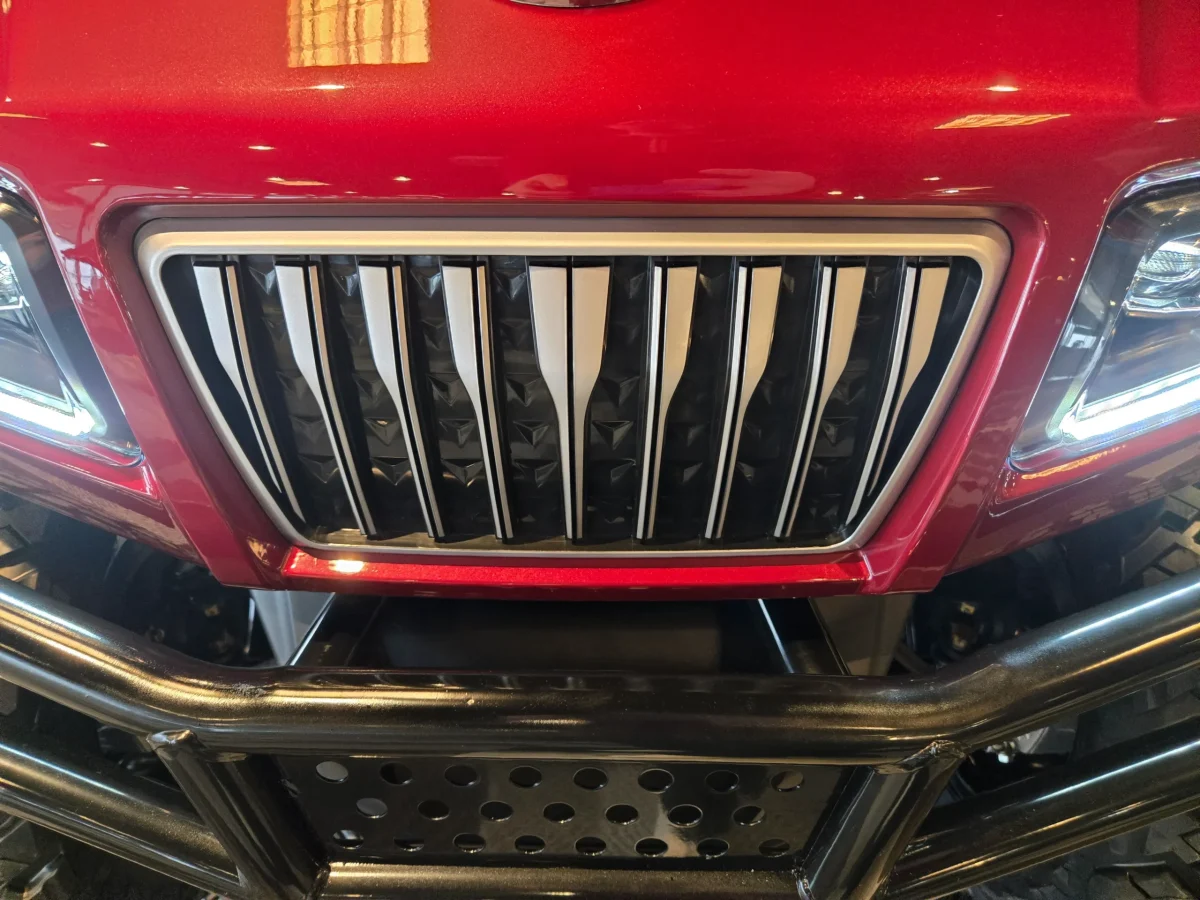There comes a point in every golfer’s journey when the clubs you rely on no longer feel the same in your hands. Over time, grips lose their tackiness, become slick, or wear down unevenly. That loss of control affects your swing, your confidence, and ultimately your performance on the course. Learning how to regrip golf clubs is one of the simplest and most impactful ways to restore feel and consistency in your game.
Regripping isn’t just for professionals. It’s an essential part of golf maintenance that any player can learn. Whether you’re playing multiple times per week or just a few rounds per season, fresh grips can change how connected you feel to your swing. And the best part? You don’t need to visit a pro shop every time. With a few tools and some knowledge, you can do it yourself—saving money and improving your game.
Why Grip Condition Affects Your Game
Your hands are the only point of contact with the golf club. That connection defines everything about your swing—from alignment to tempo to follow-through. As grips wear down, they lose friction, especially in hot or humid conditions. You start to squeeze harder to maintain control, which tenses your arms and alters your natural swing rhythm.
Slick grips also reduce feedback. You stop feeling the clubhead during the swing, making it harder to time your release or manage trajectory. Worn areas can lead to inconsistent grip pressure, which translates into shot dispersion and loss of distance.
Understanding how to regrip golf clubs is about more than maintenance—it’s about restoring your full potential on the course.

When Should You Regrip Your Golf Clubs?
Timing is everything. If you wait too long to regrip, your game suffers. But if you get into the habit of regular inspection, you’ll know exactly when it’s time to swap them out. Most golfers regrip once a year, though frequency depends on how often you play and in what conditions.
If you play weekly or in warm, humid climates, you might need new grips every six months. If you store your clubs in the trunk of your car or frequently play in the rain, expect faster wear. Dry, cracked, shiny, or slippery grips are clear signs it’s time for a change.
One great tip is to monitor feel rather than sight. When a club starts twisting in your hands mid-swing, or when you instinctively grip tighter than normal, that’s your cue. The process of learning how to regrip golf clubs starts with recognizing when it’s truly needed.

Tools You’ll Need and What to Expect
Regripping your clubs doesn’t require a workshop. A few simple tools can get the job done effectively. You’ll need a hook blade or utility knife (ideally one without a pointed tip), grip solvent, double-sided grip tape, a vise with a rubber shaft clamp, and of course, new grips.
The process itself takes only a few minutes per club once you’ve done it a couple of times. First, you secure the club in the vise. You then cut off the old grip lengthwise, being careful not to nick the shaft. Once the old tape is removed, you apply fresh tape, soak it with solvent, and slide the new grip into place before the solvent dries.
One of the best beginner-friendly walkthroughs on grip installation comes from Golf Pride’s guide, which outlines each step with precision.
Doing this at home is easier than many expect, and once you’ve regripped a full set yourself, you’ll see the value—not just in performance, but in understanding your gear better.
Choosing the Right Grips for Your Game
There’s more to regripping than just replacement. Choosing the right grip makes a significant difference in how your clubs feel and perform. Grips vary in material, thickness, texture, and response. Selecting the right one involves knowing your hand size, typical weather conditions, and personal preferences.
Players with larger hands may benefit from midsize or jumbo grips, while those who want more feel might prefer thinner profiles. Corded grips provide better traction in wet weather but can feel firmer. Rubber-based grips are softer and more forgiving but may wear faster.
If you struggle with grip pressure or have arthritis, softer or more textured grips can help maintain control without over-tightening. The process of learning how to regrip golf clubs isn’t just mechanical—it’s also strategic, based on how you want your clubs to perform and feel.

Letting Your Grips Set Properly
After you’ve replaced a grip, it’s essential to let it set. Most grip solvents dry within a few hours, but it’s best to wait at least overnight before playing. This gives the adhesive bond time to cure fully, ensuring the grip doesn’t twist during your swing.
Keep the clubs in a dry, room-temperature location. Don’t place them in the trunk of your car immediately or store them in extreme conditions. Patience pays off—rushing to the course with freshly installed grips can undo your work if the adhesive hasn’t set properly.
Taking care of this final step helps preserve your effort and ensures a longer lifespan for your new grips.
Regripping Costs: DIY vs Professional
One question many golfers ask when considering how to regrip golf clubs is whether to do it themselves or pay someone. Professional regripping typically costs between $3 and $10 per club, depending on the grip and labor fees. Multiply that across a full set, and it adds up quickly.
Doing it yourself significantly reduces cost over time. After the initial investment in tools (many of which last for years), you’re mostly paying for grips and tape. Plus, you gain the flexibility to change your grips anytime without waiting for shop availability.
Some golfers even keep different grip types on standby for seasonal play—softer grips in summer, firmer ones in colder months. Having control over this process allows you to stay in tune with your equipment in a way most golfers overlook.

Where to Get the Right Tools and Accessories
If you’re ready to dive into learning how to regrip golf clubs, make sure you source quality tools and grips from reliable vendors. You’ll find plenty of kits online that include tape, solvent, and even a vise clamp. Sites like GolfWorks and Golf Pride are solid starting points, offering top-tier products and guides.
For local Ohio golfers, Hartville Golf Carts offers accessories and guidance to make your club maintenance smoother. They understand what everyday golfers need to keep their gear in top shape—and that includes the importance of quality grips.
Choosing the right setup makes the process not only easier but also more enjoyable. Once you experience the difference of a freshly regripped club, you’ll wonder why you didn’t do it sooner.

Conclusion: Regripping Is a Game-Changer
Understanding how to regrip golf clubs empowers you as a golfer. It’s not just about restoring worn equipment—it’s about refining your connection to the game. Fresh grips enhance control, reduce tension, and improve consistency. And with just a bit of knowledge, you can take ownership of the process.
Next time your shots start to slip, don’t assume it’s your swing. Check your grips. They may be the simplest fix with the biggest payoff. Whether you regrip once a year or every few months, keeping your clubs in peak condition ensures that every round starts with confidence—right from your fingertips.








